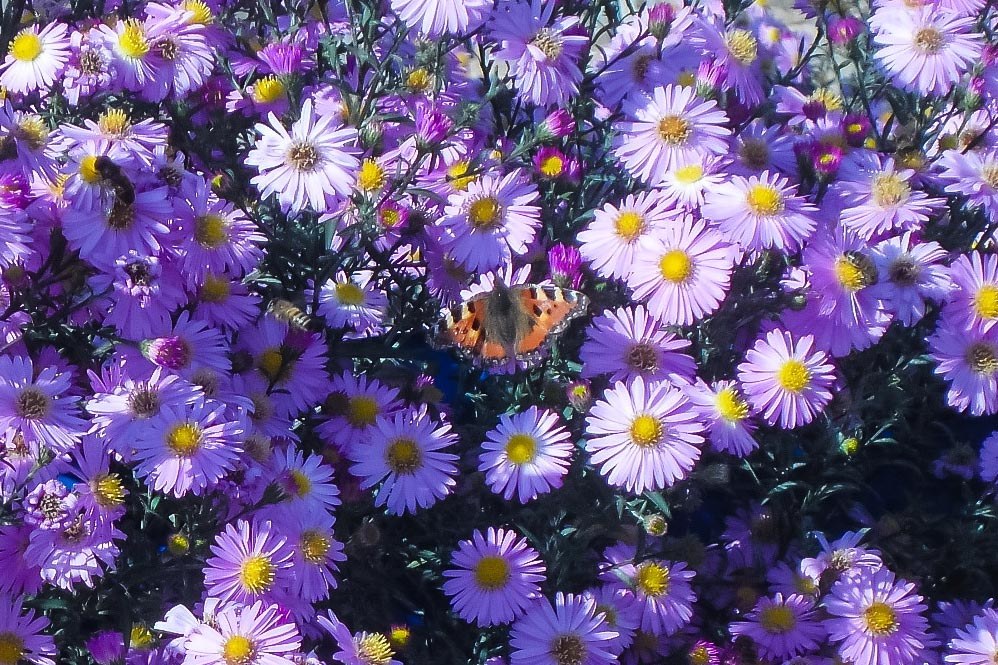Better indicators of toxicity for pollinators can help to focus conservation efforts

Credit: Bigstock
Problem
How can we better understand and mitigate the role of insecticides in the decline of pollinators and other nontarget insects in recent years?
- Widespread declines in pollinator populations and other beneficial insects threaten production of pollinator-dependent food crops, wild plants, and natural ecosystems.
- The use of insecticides in agriculture and other settings is believed to play a part in this decline.
Findings
Integrating federal data on insecticide use, toxicity, and crop acreage, a team led by Penn State researchers generated county-level annual estimates of honey bee “toxic load" from 1997 to 2012.
- The total toxic load of insecticides applied to U.S. agricultural landscapes has become significantly more toxic—over 120-fold in some Midwestern states—to honey bees when ingested.
- This increase is largely due to rising use of neonicotinoid seed treatments in corn and soybean.
Impact
The study is the first to identify geographic patterns of insecticide toxicity to bees and reveal specific areas of the country where mitigation and conservation efforts could be focused. The indicator used—bee-toxic load—can serve as an alternative to the commonly used measure of “pounds of insecticide applied" in cases where impacts to bees and other nontarget insects are a concern.
Related Research Areas: Integrated Health Solutions, Environmental Resilience
Research Credit
Team
- Christina Grozinger, Maggie Douglas, Douglas Sponsler, Eric Lonsdorf
Participating Departments
Partners
- Dickinson College, University of Minnesota
Competitive Funding
- USDA NIFA (Agriculture and Food Research Initiative), Foundation for Food and Agricultural Research, National Science Foundation/National Socio-Environmental Synthesis Center, USDA Economic Research Service
Federal and State Appropriations
- USDA NIFA Hatch Multistate Project PEN04716, Accession #1020527
Emerging Discoveries
Insecticides becoming more toxic to honey bees
Published Research
County-level analysis reveals a rapidly shifting landscape of insecticide hazard to honey bees (Apis mellifera) on US farmland
-
Douglas, M. R., Sponsler, D. B., Lonsdorf, E. V., & Grozinger, C. M. (2020). County-level analysis reveals a rapidly shifting landscape of insecticide hazard to honey bees (Apis mellifera) on US farmland. Scientific reports, 10(1), [797]. https://doi.org/10.1038/s41598-019-57225-w
Office for Research and Graduate Education
Address
217 Agricultural Administration BuildingUniversity Park, PA 16802-2600
- Email agresearch@psu.edu
- Office 814-865-3136
Office for Research and Graduate Education
Address
217 Agricultural Administration BuildingUniversity Park, PA 16802-2600
- Email agresearch@psu.edu
- Office 814-865-3136

